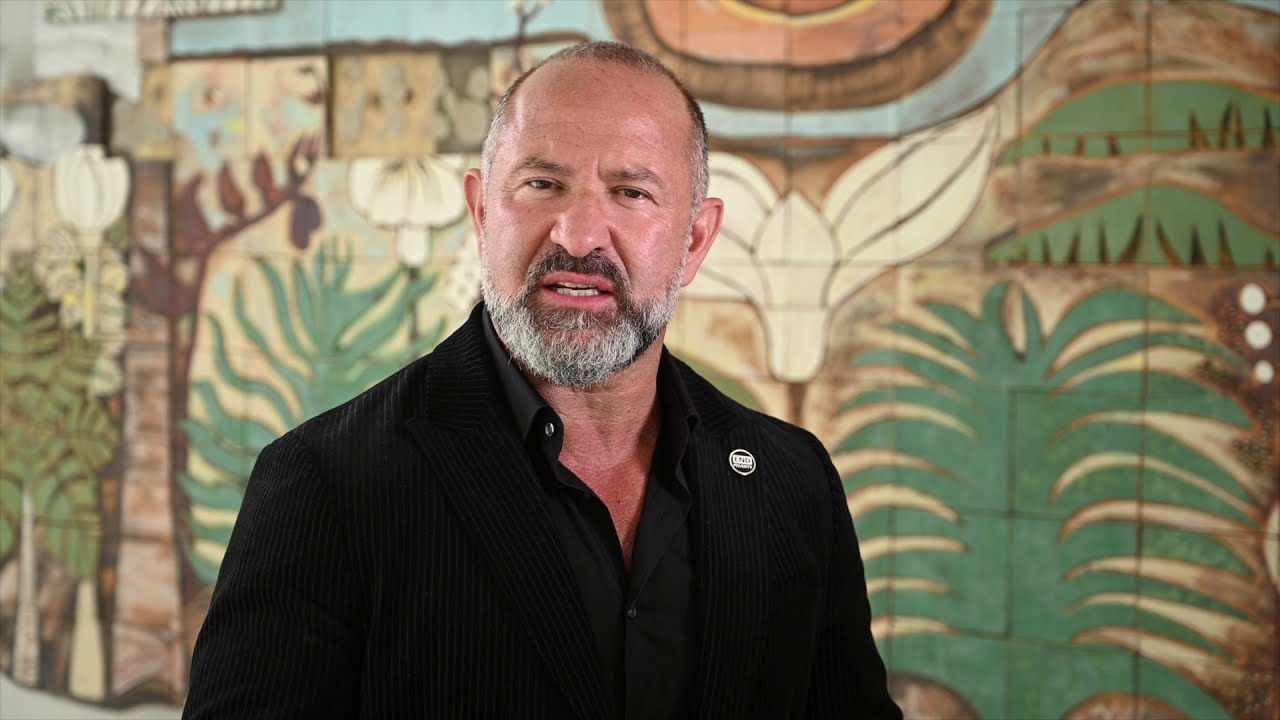This article was originally published on Henkel Spotlight North America.
Editor’s note: This article was updated on April, 8th, 2021.
As we continue to celebrate the 52nd anniversary of Earth Day, it’s important to shed light on one of the greatest areas of environmental decline: our oceans. In fact, 40 percent of ocean surfaces are currently covered with plastic, and within the next 50 years, this material is estimated to outnumber all of the fish in the sea. There’s no question that plastic waste continues to be an increasing issue throughout the globe, in and outside of the ocean. But what’s the root cause? And more importantly, what’s the long-term solution?
There’s no question that plastic waste continues to be an increasing issue throughout the globe, in and outside of the ocean. But what’s the root cause? And more importantly, what’s the long-term solution?
To gain a better understanding of plastic waste in the ocean, it’s vital to explore one of the root causes: extreme poverty. Unfortunately, many countries with high poverty rates lack the resources necessary to build waste removal and recycling infrastructure. It’s estimated that approximately 8 million tons of plastic waste enter the ocean each year, and about 90 percent of it comes from 10 rivers around the globe (8 in Asia and 2 in Africa). And what's more, due to the slowing pace of poverty decline, the world is not on track to end poverty by 2030.

















